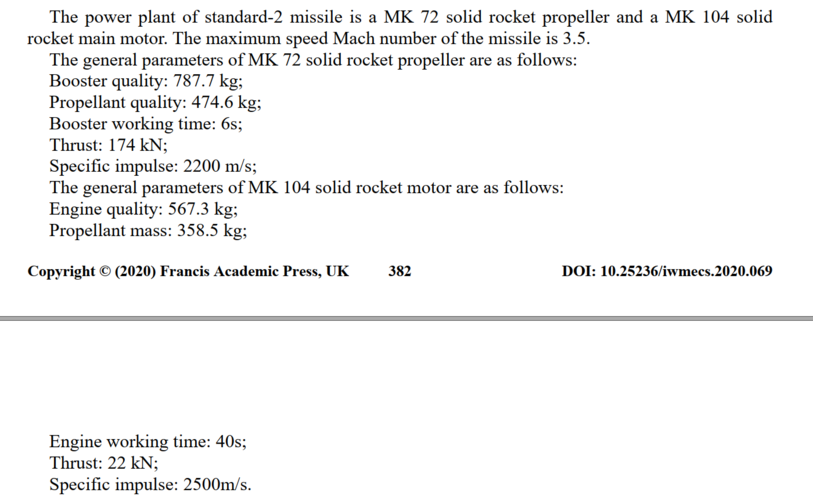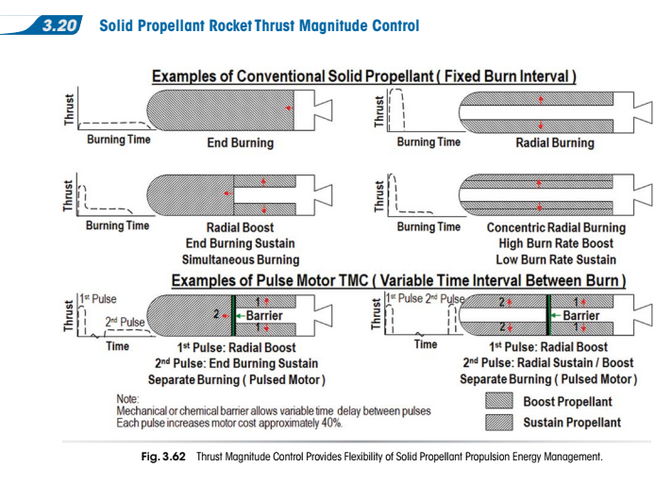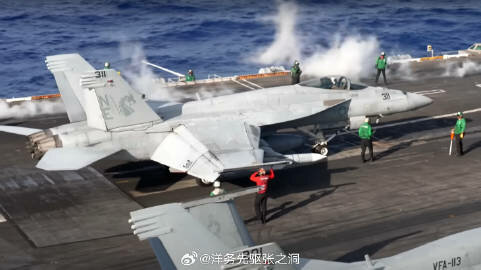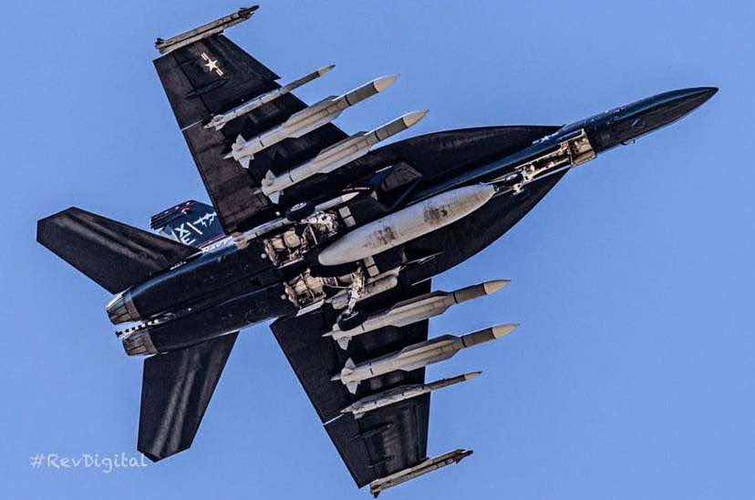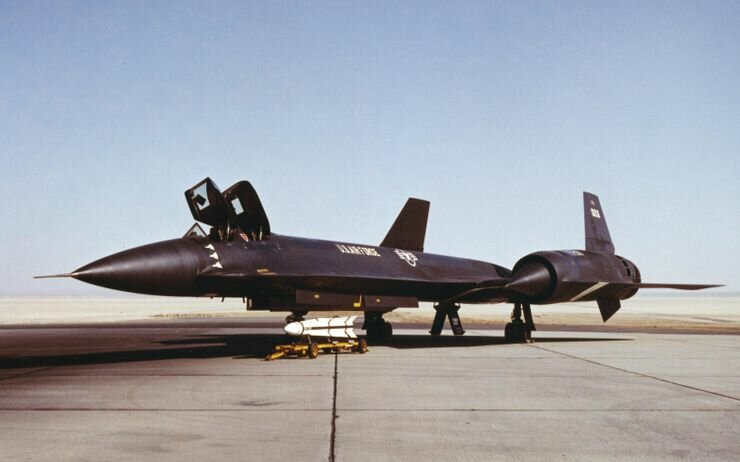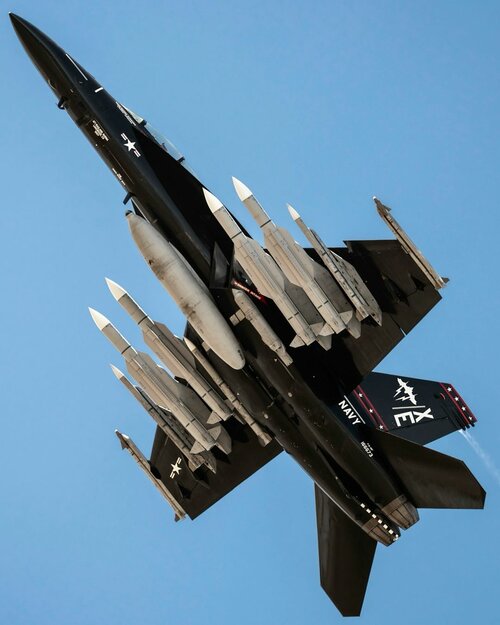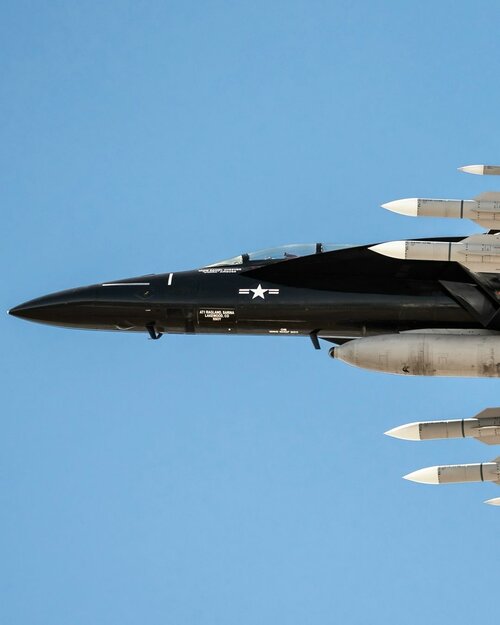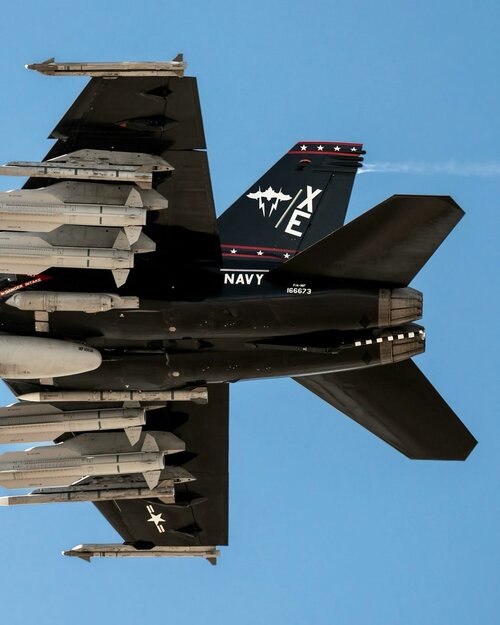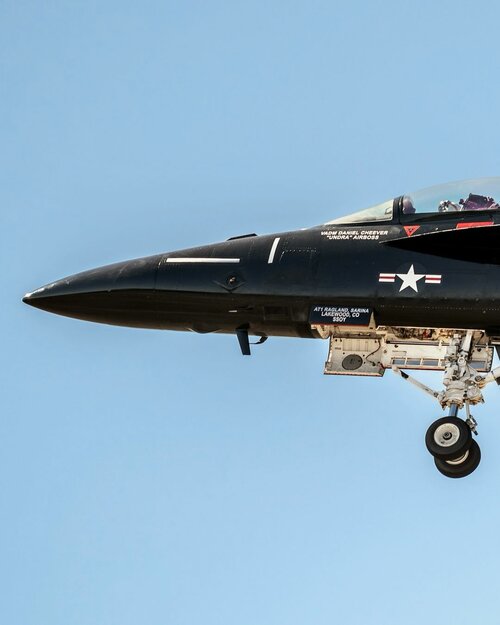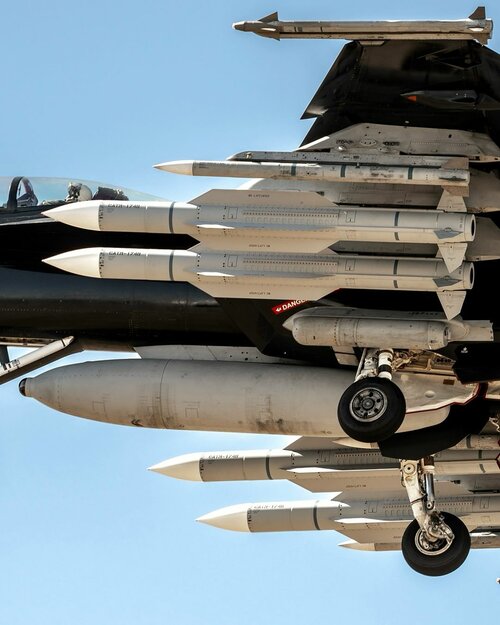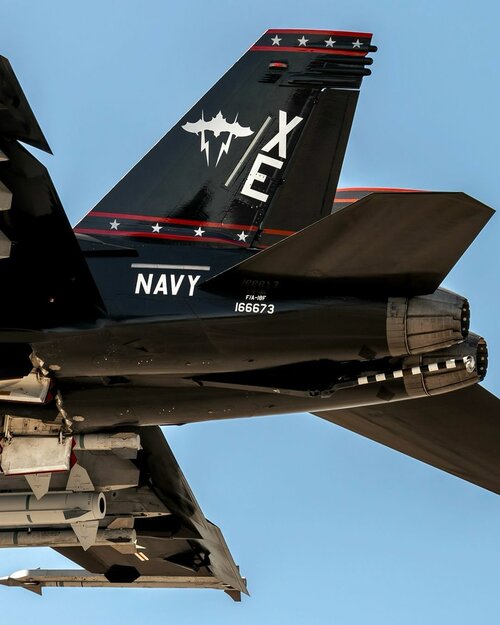Scott Kenny
ACCESS: USAP
- Joined
- 15 May 2023
- Messages
- 11,427
- Reaction score
- 13,934
~600km, or +50% over the assumed ranges of the other long range missiles. Frack!!!
Do we know enough about the AIM174B to use those methods?This is fine for initial sizing for missile conceptual design. However if any real world scenario is to be taken, i would recommend going bit deeper with E.Fleeman's book/methods.




